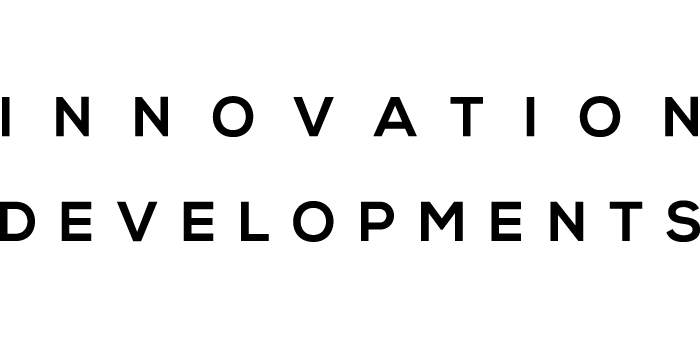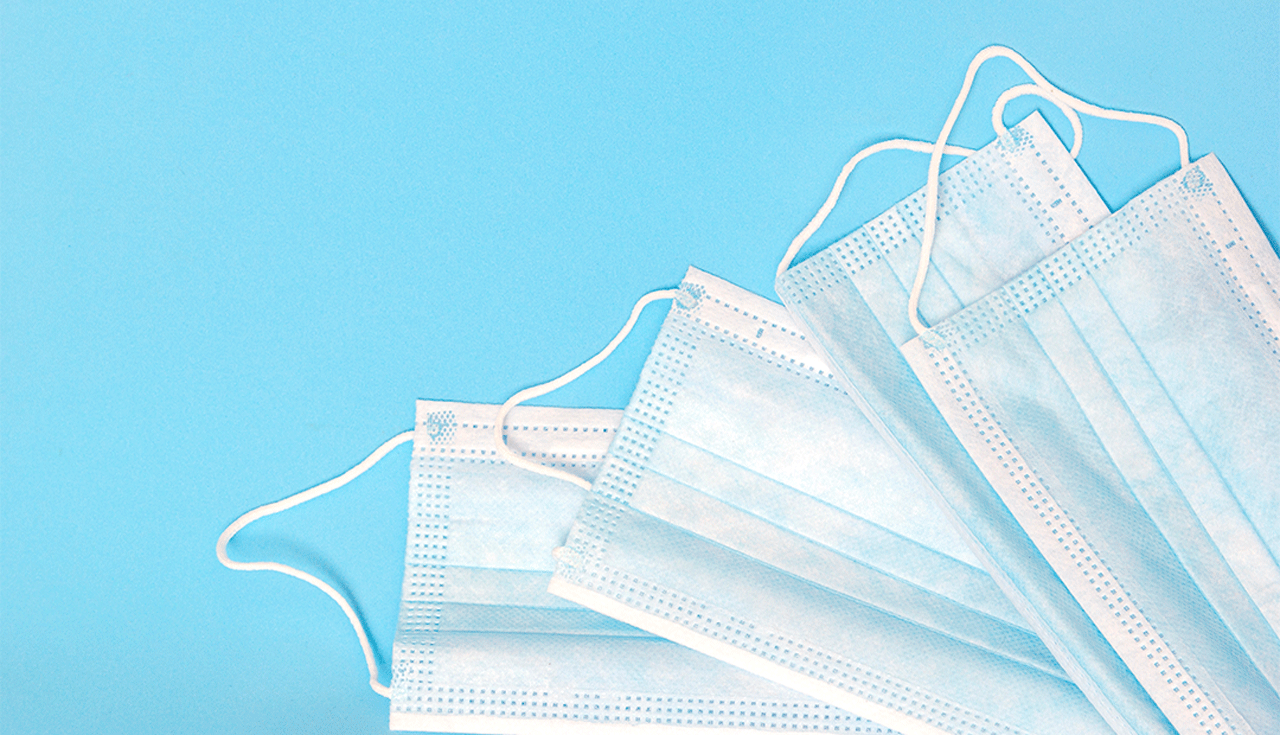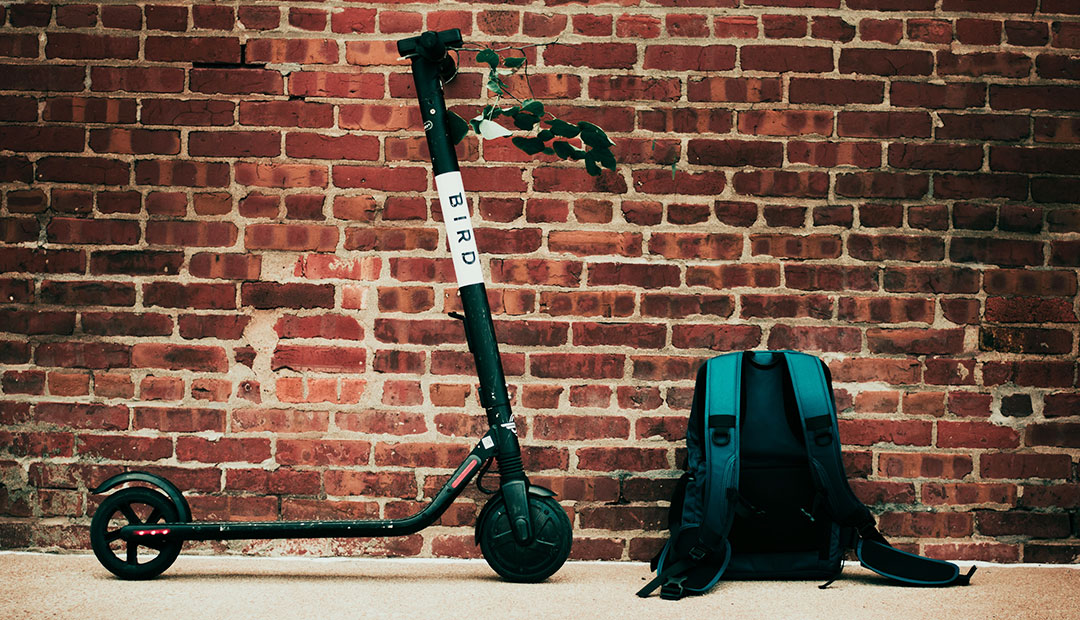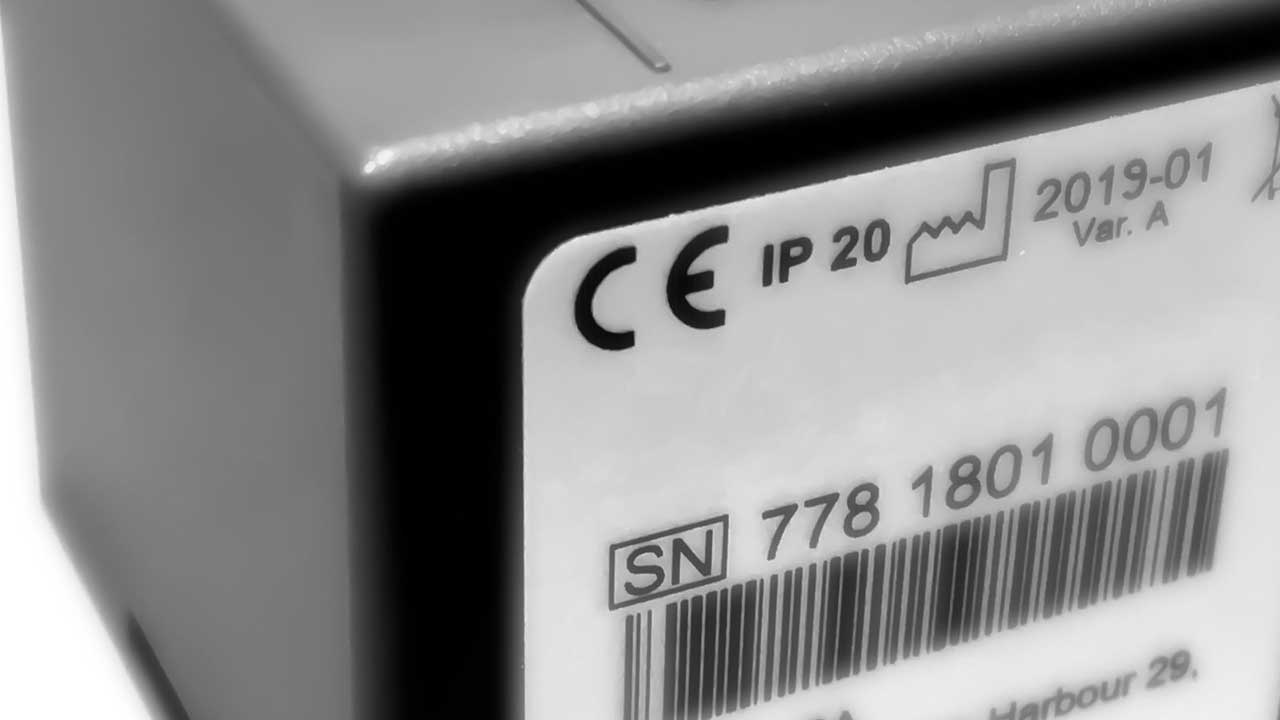Reducing operating expenses in a post-COVID era
In a time when many areas of UK manufacturing are feeling the combined pressure of Brexit and the COVID-19 related economic standstill, reducing overall operating expenses is more important than ever.
For metal fabricators and associated OEMs, one key decision to take is whether to outsource their metal cutting applications, or bring them in-house.
The Perfect Storm
The UK economy shrank by a quarter during the lockdown, with manufacturing exports hitting an all-time low in the second quarter of 2020.
Furthermore, a recent survey from Deloitte shows that nearly half of Britain’s biggest companies think it will take until the second half of 2021 before business recovers from the Coronavirus pandemic. On top of that, there is still the looming threat of a potential ‘No Deal’ Brexit.
Staying competitive
UK manufacturing companies today are striving to cut their operating expenses in order to remain competitive.
Whether you’re a metal fabricator or an associated OEM, the two principal ways to save money are to lower costs or increase output at the same costs.
Looking at the overall manufacturing process, the metal cutting stage is typically the driver of both of these KPI’s.
Whether outsourcing metal cutting or processing in-house, it’s going to cost money – the key is to do it in the most cost efficient way possible. In addition, this process is often the bottleneck and serves as the ‘drumbeat’ for your entire manufacturing operation.
Why outsource?
Many manufacturers choose to work with third-party profilers for all their metal cutting needs. This offers the perceived advantage of not needing to invest in a plasma or laser cutting machine.
But the downside to this is the inability to supply parts ‘on-demand’. The turnaround time can often be up to 10 days and in many cases longer. Yet, in this challenging climate, companies that can offer a quicker turnaround often win the business.
Saving moeny through investment
Investing in the right machinery, can actually help a business save money and be more competitive in an ever-challenging business environment.
Buying a CNC metal cutting machine is perceived as expensive. While external cutting might be cheaper in the short term, the investment in a CNC cutting machine often pays itself back within a few years.
Record low interest rates mean that capital investment can now be spread over a number years without any significant burden of added interest.
Combine this with the fact that an in-house machine provides ultimate control and flexibility over a crucial process in the production chain and it is easy to see why investing in a machine now can save significant sums of money in the future.
As an example, if you are currently spending more than £50,000 a year outsourcing (that’s circa £4k a month), then it may well be worth considering purchasing a cutting machine on finance, spread over five years.
A typical monthly finance payment on a high specification plasma machine could be around £2,200 a month and for a high specification fiber laser machine could be around £6,500 a month.
Taking into account other in-house costs such as electricity, gas, consumables and operating, the resulting payback time on your investment would range between 24 and 45 months . The financing process is straightforward and not just limited to businesses with exemplary credit history.
Which machine to chose?
When considering the purchase of a CNC metal cutting machine, it can be confusing whether laser or plasma technology is the right choice.
On the one hand, plasma machines cost less than laser machines and are typically more effective at handling thicker plates (>10mm) when ‘micron’ level tolerances are not a requirement.
On the other hand, the latest fiber lasers are able to deliver superior productivity on thinner gauge materials with a high degree of accuracy.
The key is to talk to a supplier offering both plasma and laser. Their specialist knowledge of both processes will guide purchasers to the best and most cost-efficient solution for their application with completely impartial advice.
Innovation decreases operational costs
While plasma is still the most cost-effective solution for thicker materials, fiber laser machines are able to deliver an even higher productivity for thinner plates – thanks to constant innovation. For example, the latest solid-state laser sources use up to 70% less energy compared to the older CO2-technology.
UK-based Esprit Automation has set the bar even higher with its new Photon 5G Fiber Laser to complement its range of plasma cutting machines.
This state-of-the-art cutting machine can reach impressive vector speeds of 325m/min at 5 g acceleration. And thanks to its revolutionary LiveRegen™ technology, the Photon 5G is able to recover and reuse excess kinetic energy, allowing it to operate at maximum productivity with significantly lower power consumption.
By investing in the right metal cutting machine, companies can drastically improve productivity and flexibility, while lowering operating expenditure. Usually, these investments will pay themselves back in a matter of years.








